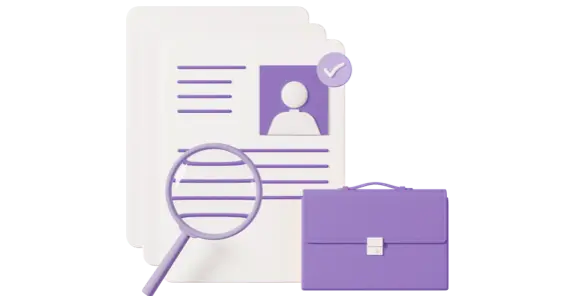Geographical information systems (GIS) Officer
Use GIS systems to combine different data types onto one map to help gather information or highlight patterns.
Also known as: mapping technician, gis technician, gis location analyst, gis data specialist

About the job
Salary
Source: National Careers Service
Weekly
£423
Entry level
£615
Experienced
Monthly
£1,833
Entry level
£2,667
Experienced
Yearly
£22,000
Entry level
£32,000
Experienced
16,000
people are currently employed
High growth
700 more jobs in 5 years
These figures refer to this job and similar ones with comparable skills and qualifications. They only apply to Scotland. Source: Oxford Economics
What it's like
A geographic information system (GIS) is designed to capture, store, analyse and present a range of complex geographical data. It’s like a modern version of a map but with the ability to show ever-changing information such as floods, fires or the expected route of a hurricane.
As a GIS officer you’d use these systems to collect data and use it to help make long term plans. This could be anything from assisting with disaster responses by assessing the number of people affected in a particular area to assessing the environmental impact of building and planning applications.
The data you’d use could come in various formats including cartographic (maps), photographic or digital images from things like satellites. You would have to use GIS technology to combine all these data types onto one map and use this to gather information or highlight patterns.
You could work in government, commerce and industry and help make decisions about long-term planning and development.
Things you might do:
capture the location of things such as bridges, street lights, road barriers and flood defences using a range of Global Positioning System (GPS) tools
prepare graphic representations of data in the form of maps, graphs or tables, using GIS hardware or software applications
maintain and update existing GIS databases
be able to use various methods of analysis, data manipulation and cartography software
use tools to join different types of GIS data and create new information in order to investigate patterns
work with clients to find out what information they need and how best to get it

Hours

Environment

Travel
Explore more information about this job
Here are some useful links to learn more about this career:
Like the sound of this career?
Browse courses in Scotland related to 'Geographical information systems (GIS) Officer'
Select qualification level(s)
Other careers that you might like
Data analyst Operational researcher Strategic planner
Related industries
Many jobs can be done in lots of different industries. We've highlighted the ones we think are most important for this job.
Energy Digital technologies Creative Construction and built environment
Top skills
Skills are things you're good at. Whether you know what yours are or not, everyone has them!
It's useful to learn which ones are important in a job so you know the areas you need to brush up on. It can also help you work out if you're suited to a career.
Here are some of the skills you'll need to do this job:
- understanding
- analysing
- attention to detail
- observation
- designing
- written communication
- working with technology

Your skills are important
Our unique skillsets are what make us stand out from the crowd. Learn about each skill in depth and discover what employers look for in your applications and interviews.
Getting in
Explore the sections shown for more information about getting into this career.
You might have qualifications which are not shown here but will allow you access to a course. You can compare your qualifications by looking at their SCQF Level. For more information about this, check out the SCQF website.
Always contact the college, university or training provider to check exactly what you'll need.
Colleges and universities will list subjects you'll need for entry to a course. Some useful subjects include:
Computing Science
Geography
Foundation Apprenticeship: Software Development
You can get a head start in this career by doing a Foundation Apprenticeship in S5 and S6.
You'll get an SCQF level 6 qualification which is the same level as a Higher. You'll also learn new skills and gain valuable experience in a work environment.
Discover what's on offer at your school on Apprenticeships.scot.
Entry requirements for courses can change. Always contact the college, university or training provider to check exactly what you’ll need.
This job requires ability and experience with computer systems, data analysis/application and maths. Most employers will ask for degree-level qualifications or above.
GIS Officers will often have a degree in:
Environmental science
Geographical information systems
Urban planning
Geography
Surveying
Computer science
Maths/statistics
Software engineering
There are postgraduate qualifications available in relevant subjects, such as GIS or remote sensing. For entry into one of these courses you’d normally be expected to have a degree in a relevant subject such as geography, earth or environmental science, computing science, mathematics or civil engineering, but other subjects might be considered.
Not all employers list specific qualification requirements but they might ask for relevant experience, usually work based, that demonstrates a range of transferable skills.
Classes that build spatial awareness and visual skills such as art and design or involving 3D modelling may help when producing user-friendly maps.
It’s also helpful to have programming skills, experience of desktop publishing software, knowledge of analytics software such as ArcGIS and database software such as Microsoft Access.
Explore over 22,000 courses in Scotland
Find the perfect course to boost your career.
